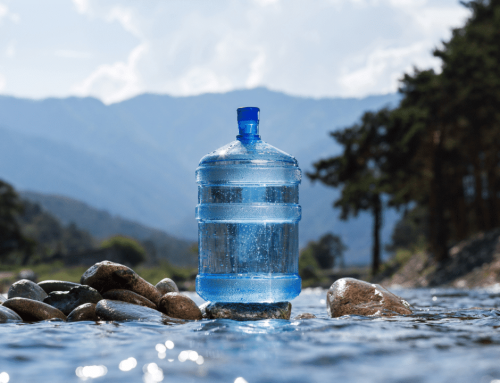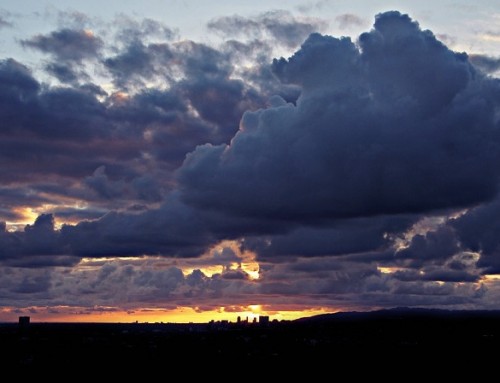The UAE has always been known to have an extremely dry climate and is classified as a desert climate, which means the winters are very mild, while the summers are extremely hot.
Of course, this adds up to a lot of humidity, which is experienced throughout the United Arab Emirates, especially in the Persian Gulf, which makes the heat somewhat unbearable to tourists, as residents are already quite adapted to it.
Being such a hot country, it doesn’t receive much rain either and has a precipitation of fewer than 4 inches. It is also extremely concentrated during the winter months, with rains being scarce. Nevertheless, there are still showers and downpours, which can be intense, due to the humidity in the air and might even cause the occasional storm, which occurs in both winter and summer months.
The UAE (United Arab Emirates), is made up of seven different emirates, which overlooks the Persian Gulf and includes Abu Dhabi, Dubai, Ajman, Ras al-Khaimah, Umm al- and Sharjah, as well as Oman.
The Effect of Weather Conditions in the Country
Two of the wealthiest and most popular emirates in the country, Dubai and Abu Dhabi, also have extreme desert-like conditions, with Dubai having a daily temperature of 19.5 degrees Celsius to anything ranging up to 36.5 degree Celsius. These are only average temperatures.
During the month of Augusts, temperatures also rise above 36 degrees Celsius on a regular basis.
During the year, there is only 3.9 inches of rainfall in Dubai, which occurs between the colder months, December and March, and 2 inches in Abu Dhabi, making these two cities some of the driest yet.
Nevertheless, many tourists flock to these cities, due to its adverse architectural wonders, in the middle of the desert, as well as a never-ending trail of business opportunities and lots of wealth.
With oceans being warm all year round, it also makes the perfect destination for those who want to experience summer in winter too.
Get water delivery and water cooler rental from Living-Water in London.






